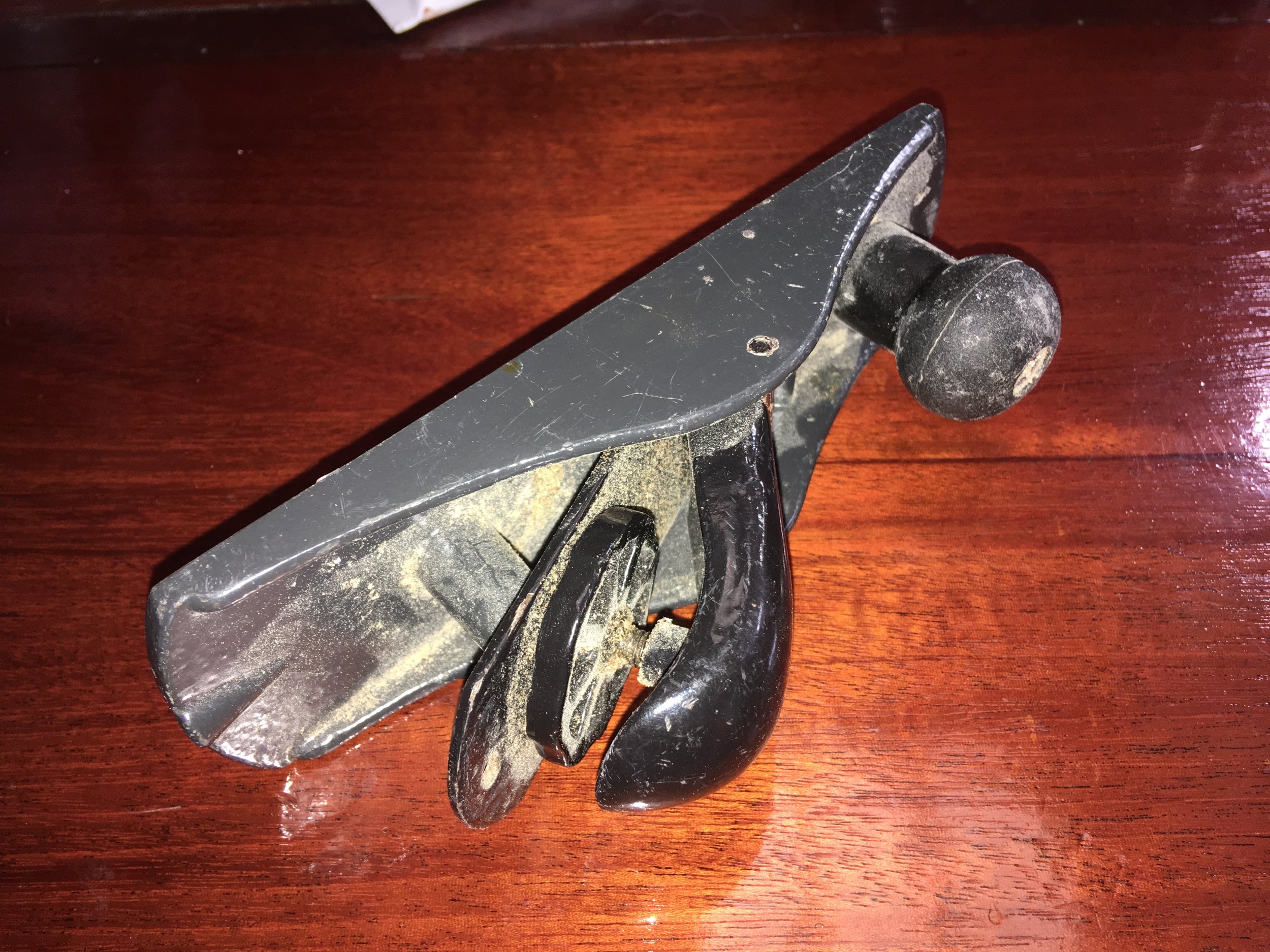As you may have noticed, I am a huge fan of wood on a boat. I think wooden boats are gorgeous to look at, which is probably because I live in a fiberglass boat where the maintenance is significantly less. The little wood that we do have, I like to keep varnished. This is a personal preference, as there are millions of options available for taking care of your trim wood.
Varnished teak looks pretty in my opinion, but it is rather slippery to stand on. Also, if you don't give it a new coat of varnish every month (or more often if it gets damaged by the elements) then you risk the varnish starting to crack and peel which would bring on a very large job of scraping, sanding, and re-varnishing the wood.
Cetol and other resin coats are a popular choice, as they paint and encapsulate the wood in a plastic coating that looks pretty. They might be favored because of their masking abilities, but when the coating starts to peel, it is a job that is even harder than varnish! If you are thinking of using Cetol, or any similar coating, I highly recommend using anything else! If you don't want the work of any other coatings, I would then suggest that you leave the teak natural, as all of these options are better than the mess and labor involved in removing peeling Cetol.
While varnish has that gorgeous look to it, the penalty for not staying on top of the varnish is pretty intense! Once the varnish starts to peel, you are faced with a labor intensive job to bring it back to its beauty. To get a similar appearance with less work and almost no penalty for skipped maintenance, there is yet another class of coatings available: Oil.
Oils are wonderful for teak, a naturally oily wood, as they will make your teak shine like new. Freshly oiled wood looks just as bright as varnished brightwork, as they both have that honey gold glow. Unlike with varnish, if you neglect the wood for a few months, there is no peeling that could occur; the oil simply washes out with time and the wood begins to grey as it dries out.
I would say that the most popular oil out there for teak is called "Teak Oil" and it is honestly the reason that oils have a bad reputation. Teak Oil is expensive and it doesn't last for any amount of time. I tried to maintain my teak with teak oil for a few months and got quickly frustrated. Upon first application, it looked amazing, the teak was bright and shined, and the grain looked amazing. This beauty lasted until the first rainstorm which was about a week after I had oiled the teak. With a few hours of rain, all the oil was washed away! I found the same problem to be true when I would go sailing and waves would splash onto the deck, the simple act of wetting the wood seemed to wash away the teak oil. Soon, I was oiling the teak after every rain storm and every time I dropped anchor. It quickly transformed from a labor of love to a ritual of futility.
Fed up with teak oil, I then tried various other oils. First was Tung Oil. This coating showed great promise at first. The oil lasted many many months, holding up well in the sun, rain, and spray from waves. The problem with this oil is it seems to soak up dirt and turn dark. The wood that started out as a bright honey golden color turned to a dark mahogany color.
I then gave up on oils and went back to varnish. Since I liveaboard, I'm always around and the thought of varnishing the brightwork once a month seems pleasant to me. This is probably because I enjoy varnishing wood, and I find it cathartic.
But what if you don't want to varnish? What if you want to stick with oil and not have to worry about peeling coatings, nor worry about the oil washing away quickly or turning black?











